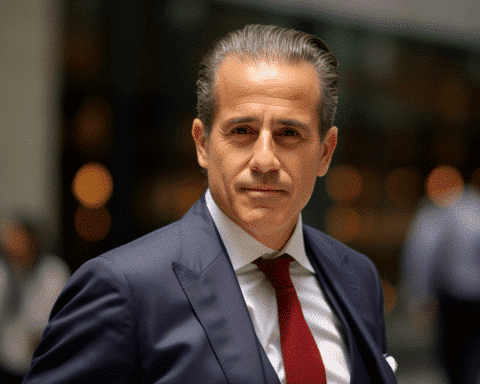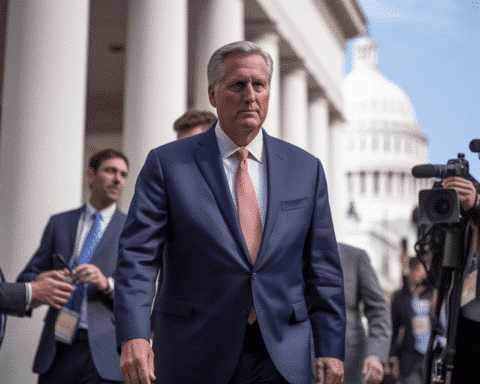The Environmental Protection Agency (EPA) has chosen to defer the introduction of stricter air quality norms for ground-level ozone or smog. This move comes even as a scientific advisory board advocated for reductions in pollution levels to safeguard public health.
This determination by EPA’s Michael Regan ensures that crucial air quality protocols won’t see revisions until after the 2024 presidential campaign concludes.
Regan mentioned in a previous letter to the EPA advisory board his decision to embark on a renewed evaluation of the ozone criteria and related air quality guidelines, pointing to concerns noted in the board’s recent findings which necessitate further examination.
Regan emphasized that this extended scrutiny, expected to span over two years, aims to make air quality standards resonate with the most recent scientific data, ensuring effective protection against pollution.
By holding off on this decision, Regan sidesteps potential electoral confrontations with industry representatives and Republicans who’ve previously expressed concerns about the EPA’s stringent regulations impacting various sectors including power plants and automobiles.
This isn’t the first instance of a Democratic administration deferring ozone norms before an election; President Obama took a similar stance in 2011, with the regulations only seeing updates in 2015.
Paul Billings from the American Lung Association expressed dissatisfaction with the delay, underscoring the detrimental health impact and the added environmental injustice. Recent studies have highlighted that minority groups often face heightened exposure to ground-level ozone pollution, a particular concern in city settings.
Raul Garcia from Earthjustice labelled the postponement as “shameful”, while Democratic legislators, including Rhode Island Sen. Sheldon Whitehouse, voiced their discontent, stressing the public health implications.
On the other hand, the National Mining Association’s spokesperson, Conor Bernstein, commended the EPA’s reluctance to hastily alter the ozone guidelines, which have remained consistent since 2015.
Andrea Woods, representing the American Petroleum Institute, highlighted that the existing ozone standards are already among the world’s toughest, warning that any stricter norms could pose challenges to energy pricing, security, and the broader business community.
Interestingly, two advisory entities had previously recommended a reduction in the ozone benchmark from its current 70 parts per billion. The panel’s report in June suggested a more protective range of 55-60 parts per billion.
Lianne Sheppard, chair of the scientific advisory panel, expressed her disappointment but acknowledged that the final call rested with Regan.
The White House Environmental Justice Council has also emphasized the pressing issues of air pollution and its uneven impact on minority groups.
Tomas Carbonell from the EPA mentioned the necessity of a thorough review, despite majority support for tighter ozone regulation. The EPA is set to organize informational workshops by next spring, with a potential action plan emerging by end-2024, although a definitive conclusion could still be some time off.
The debate surrounding the ozone pollution standards showcases the intricate balance between environmental concerns, public health, and industrial interests. As the EPA embarks on its detailed review process, the hope remains that a middle ground can be achieved: one that not only respects scientific insights and the well-being of the public but also considers the concerns of industries and their contributions to the economy. Only time will tell how these intertwined interests will shape the air we breathe in the future.




